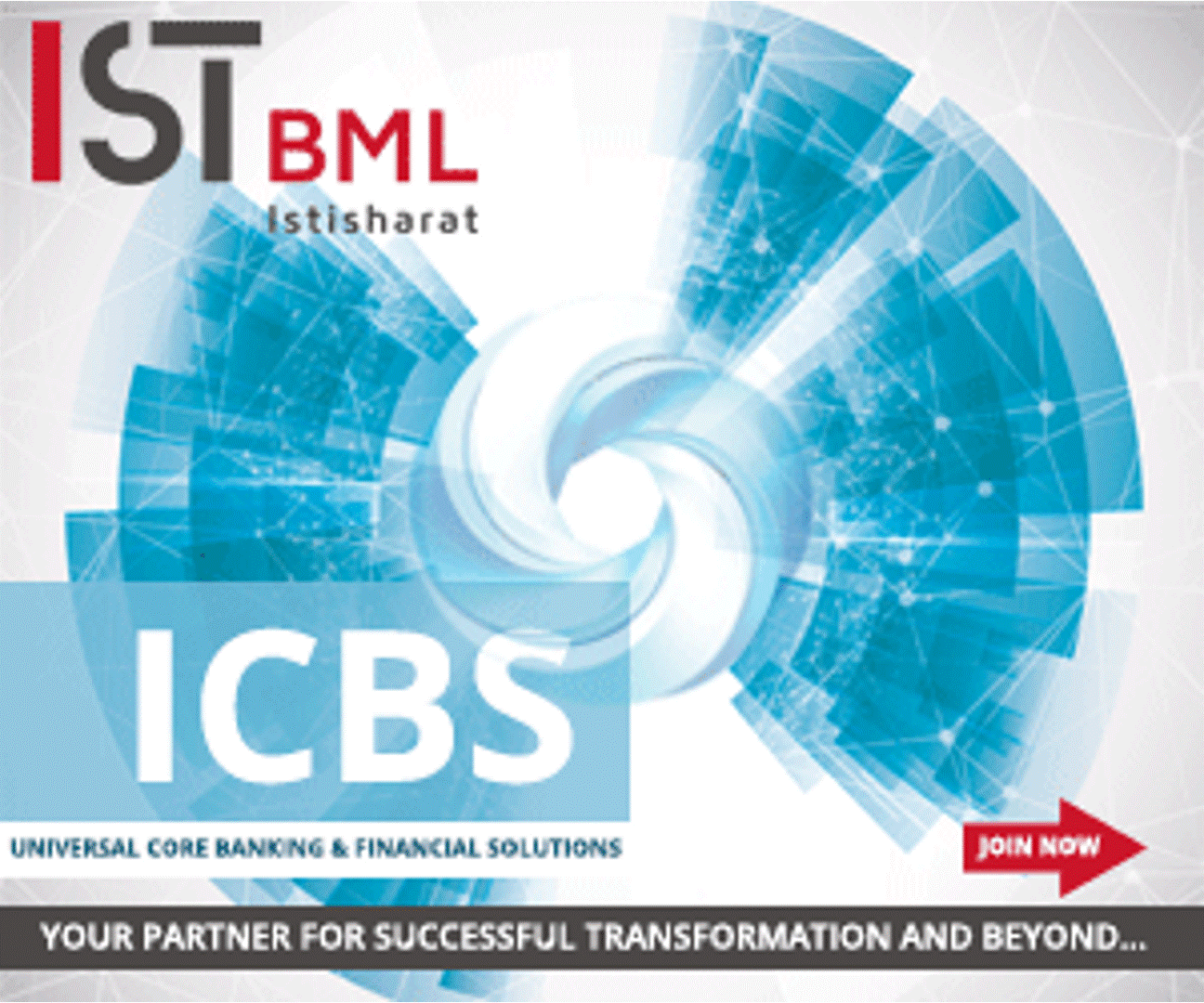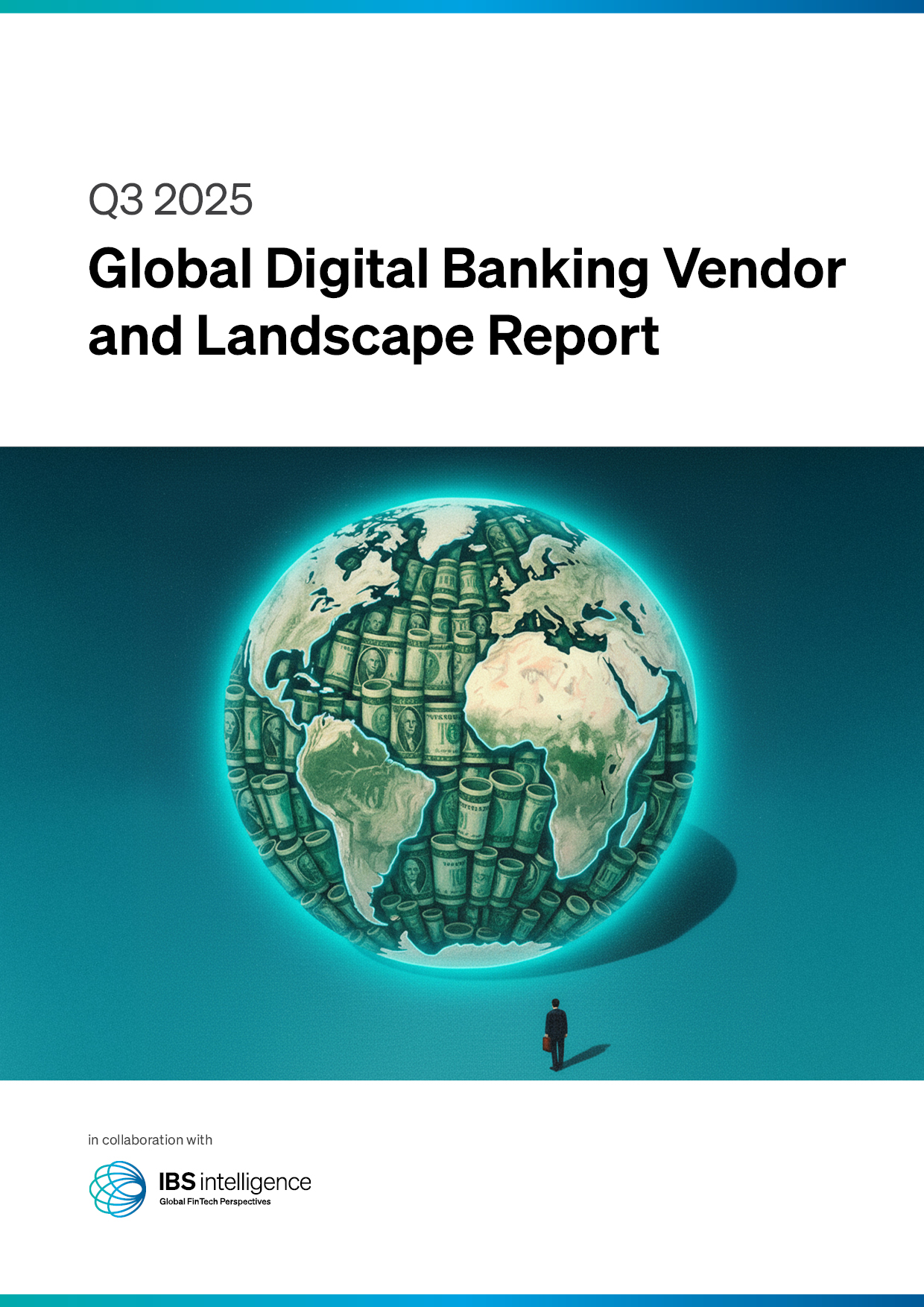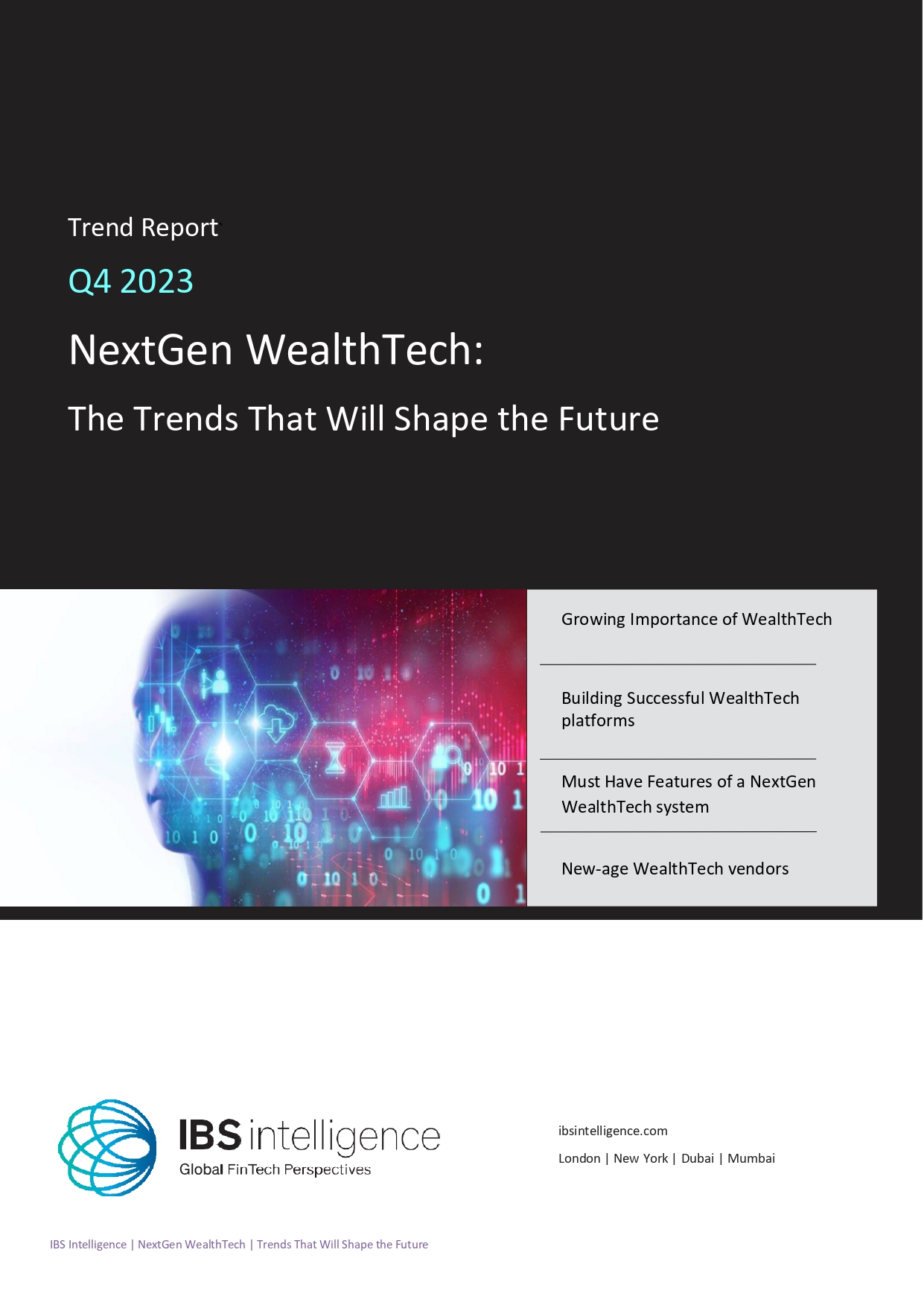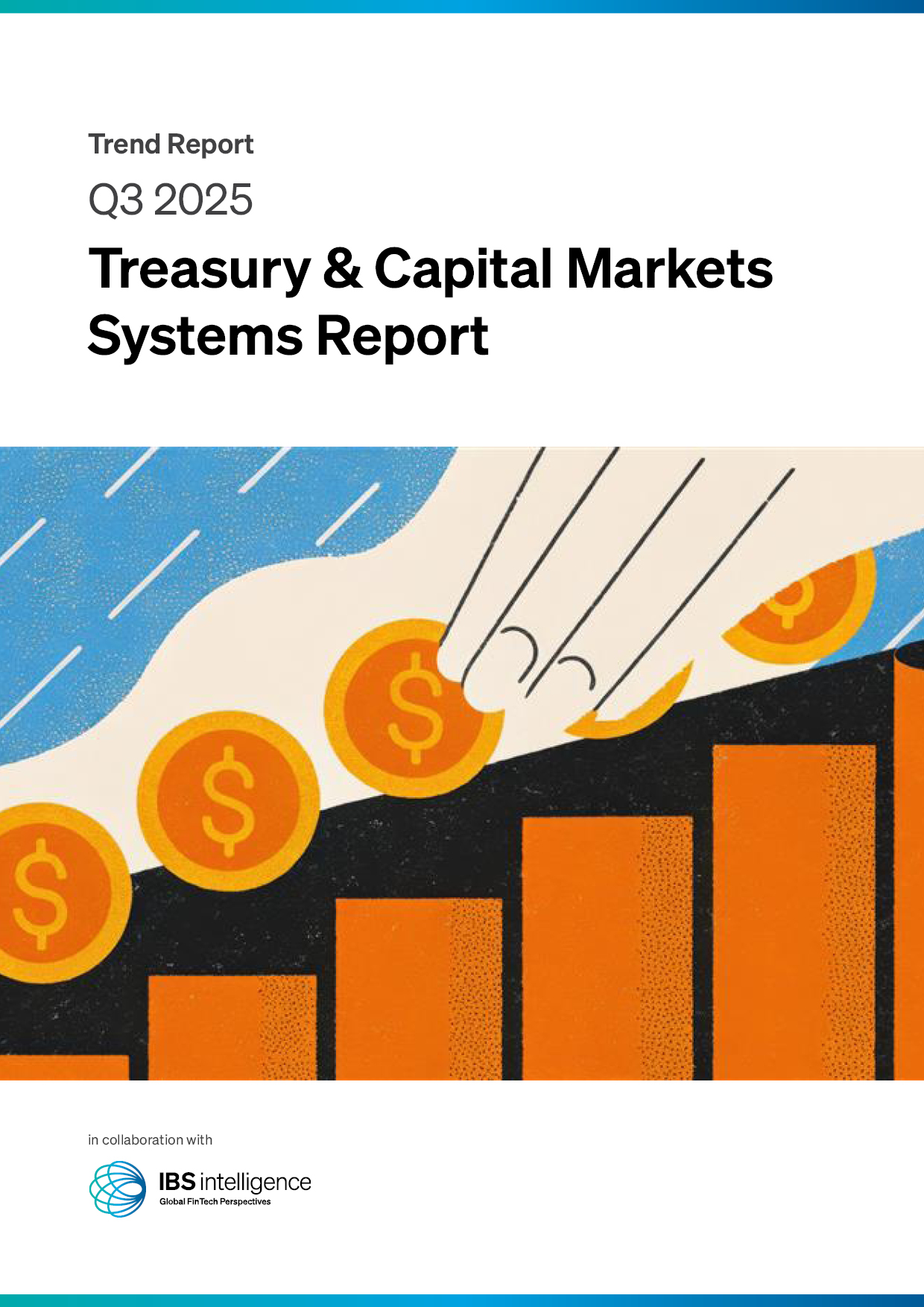 Back
Back
IMF Managing Director on how to modernise the international payment system
By Puja Sharma
 To thrive in a digital world, the system also needs to withstand the growing pressures of fragmentation. Infrastructure must be designed and built to facilitate further integration. That includes stepping up our work on cross-border payments, according to the IMF Managing Director, Kristalina Georgieva in “Confronting Fragmentation: How to Modernize the International Payment System.”
To thrive in a digital world, the system also needs to withstand the growing pressures of fragmentation. Infrastructure must be designed and built to facilitate further integration. That includes stepping up our work on cross-border payments, according to the IMF Managing Director, Kristalina Georgieva in “Confronting Fragmentation: How to Modernize the International Payment System.”
To combat the fragmentation of the international monetary system, a new public infrastructure is required to connect and regulate different payment systems. Connecting people, markets, and economies would be an entirely new method of doing business in the digital age.
A more inclusive system
In addition to foreign exchange markets and central bank arrangements, the international payment system includes links between correspondent banks, messaging systems such as SWIFT, money transfer businesses, and credit card networks.
Many of those who need cross-border payments cannot afford them and they are slow, opaque, and expensive. In some cases, the risk is structural: private digital money providers promise cheap cross-border transactions, but often only within their closed network of users. The geopolitical risk may also exist: some countries may consider developing parallel, disjointed payment systems to mitigate the possibility of economic sanctions.
“Payment blocs” would only exacerbate the effects of broader “economic blocs”, causing new inefficiencies and incurring new costs. This would harm productivity and living standards in all countries.
To make international payments more efficient, safer, and more inclusive, while reducing the risk of fragmentation, it will be crucial to use state-of-the-art equipment and adapt to the existing terrain by connecting public digital platforms with payment systems.
Modernising the International Payment System
Utilize the latest technology: Sending money across borders can be nearly instantaneous and cost less. Public infrastructure is an important part of the pilots. This includes digital platforms that promote communication, regulatory compliance, payment provider competition, and, eventually, cross-border transaction settlement. These new public platforms will undoubtedly continue to develop. In short, payment platforms have the potential to benefit a far wider group of users. The capacity to program the platform will drive this possible evolution.
A small business, for example, might hedge foreign exchange risk associated with a future payment. A financial firm might also use the platform to automate its bids in a foreign exchange auction. This allows for private-sector innovation, competition, and enhanced platform functionality.
And it extends the notion of the public good: from ensuring settlement finality to offering a standard programming interface—a shared language to access and automate services on the platform. By embracing diverse forms of money, one can make payments work for all people, in all countries.
Capital flows will continue to change as payments become more efficient. We may expect an uptick in overall flows. This could encourage productive investment and market integration, resulting in more flows to low-income nations or sectors that have previously benefited less. Greater efficiency, on the other hand, may pose hazards, ranging from increased financial market contagion and valuation impacts to abrupt capital flow reversals. These are particularly harmful to countries that rely heavily on external financing.
Countries are attempting to alleviate these vulnerabilities by implementing the appropriate fiscal, monetary, structural, and legal policies. They also use capital flow control strategies to slow capital flows in some circumstances. Another risk is currency substitution, which occurs in countries where households and businesses prefer to conduct transactions and save in foreign currencies. The possibility of currency substitution increases as the desired currency becomes digital and hence easier to store on a phone rather than beneath a mattress.
As payments grow more efficient, some countries may need to put sand in the gears—in the form of capital flow management measures—to protect themselves against currency replacement and create breathing room for strengthening their monetary frameworks and other policies.
Countries could use the new public infrastructure of digital payment platforms to more efficiently adapt these and other initiatives. These platforms can be tailored to country-specific needs and policy goals from the start, and they must contain risk mitigation measures. This is how one can find new and better strategies to handle the changing policy landscape.
IBSi FinTech Journal
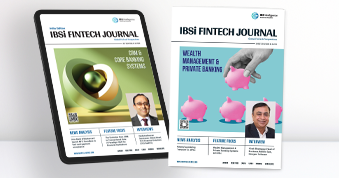
- Most trusted FinTech journal since 1991
- Digital monthly issue
- 60+ pages of research, analysis, interviews, opinions, and rankings
- Global coverage

